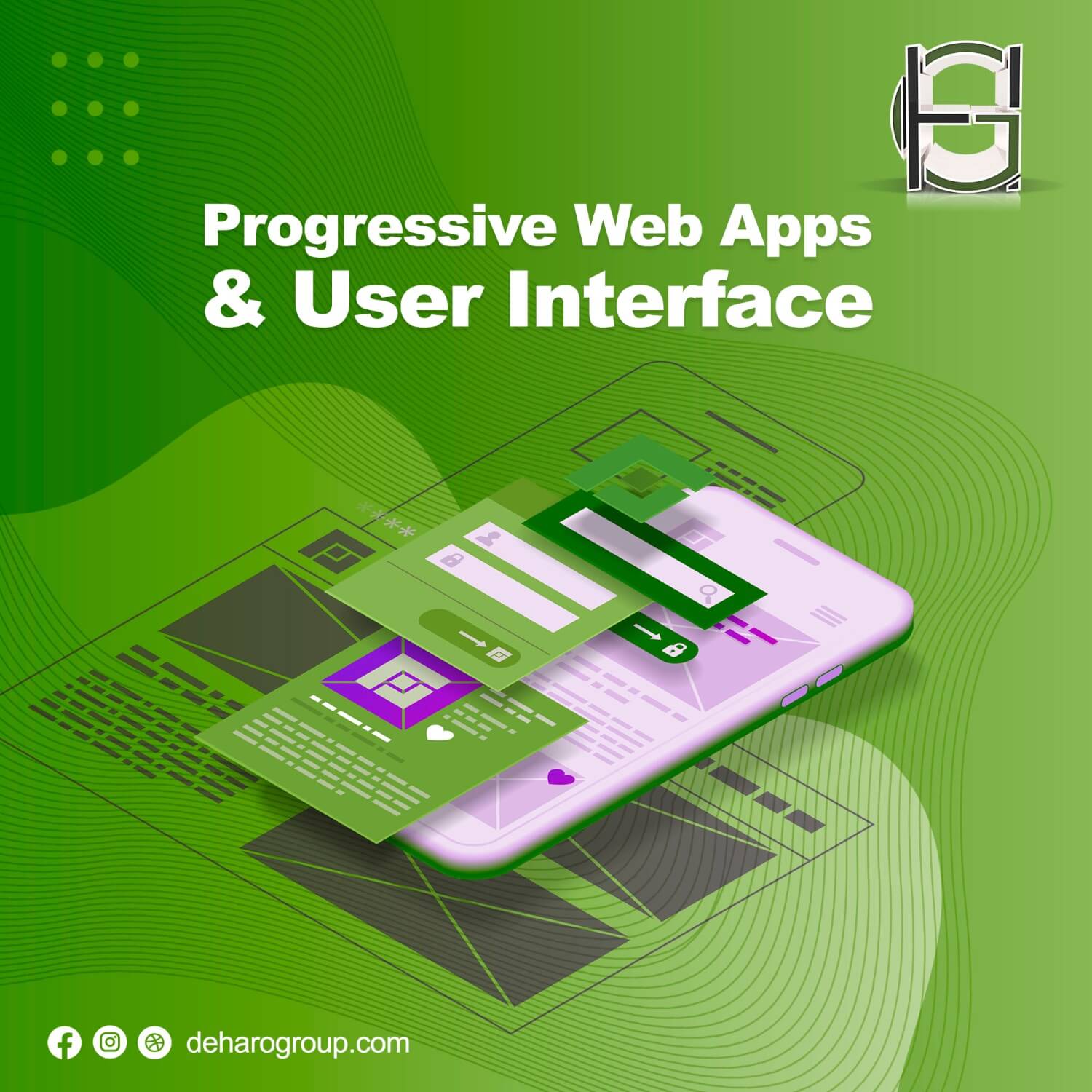More than 80% of people browse the web using mobile devices. Progressive web apps improve user experience. It’s one of the main factors that determine whether visitors leave a site as soon as they land on it, or stay and browse.

The only way to make sure that visitors stay on your site is to improve the user experience. One of the proven ways to enhance user experience is installing progressive web apps (PWA).
Before we tell you how progressive web apps (PWA) improve user experience, it’s better to learn what they are so that we read on the same page. Progressive web apps are applications designed to improve the experience of visitors using mobile devices to browse. The key benefits of installing PWAs include:
Progressive web Apps Increase Speed and Responsiveness
Progressive web applications are designed to automatically adjust the screen resolution to fit the screen size of any mobile device. PWA apps load instantly unlike conventional responsive web-sites that require waiting for a few seconds before the site loads on a mobile device.
Progressive Web Apps and Home-Screen Visibility
Google have specific standards for PWAs. If the progressive apps you install on your site meets the standards, Google will prompt you to install it. The PWA will be visible on your home-screen like app. You can launch it by tapping.
Offline Support
Progressive application apps can load content even when the internet speed are low. This come in handy if you find yourself in areas with poor network coverage. You’ll not see the error page that pops up when the server can’t find a connection.
User Engagement
PWAs enable you to send notification to visitors. This is like push notification that you receive on your phone from time to time. If done right, push notification can increase user engagement and the time they spend on your site.
No Installation Needed
Telling visitors to install an app on their mobile device to improve user experience can be annoying and disruptive to visitors. You don’t need to ask your visitors to install the app because PWAs run automatically on your browser. Users will not have to leave the app store for them to see your content.
Now that you know what PWAs are and the benefit of installing the app, now let’s look at the good practices you need to stick to when designing PWAs.
Add the Home-Screen Option
Adding this option in your design give users the chance to launch and use the app just with a tap on the screen. You can use Google’s Lighthouse to test the functionality of the app.
Include Bottom Navigation Menu
Including a bottom navigation menu makes navigation simple and the app fast. The bottom navigation menu give users the freedom to find what they are looking for effortless and quickly.
Use Skeleton Screen
Skeleton screens are useful in reducing load times and the appearance of blank screens. The skeleton screen also guides users and show them a sneak preview of what they expect.
At De Haro Group we have helped clients improve user experience with progressive web apps. Contact Us for FREE Consultation.




